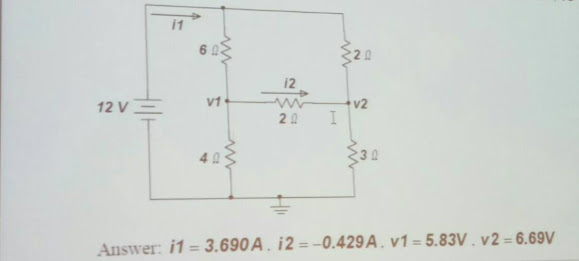This is a MATLAB code for performing Pulse Code Modulation (PCM) on an analog signal. The code generates an analog signal, samples it, quantizes it, encodes it, and finally demodulates it back to obtain the original analog signal. Here is the complete code:
function pcm()
clc;
close all;
clear all;
n=input('Enter n value for n-bit PCM system : ');
n1=input('Enter number of samples in a period : ');
L=2^n;
% % Signal Generation
x=0:2*pi/n1:4*pi;
% n1 number of samples have to be selected
s=4*sin(x);
subplot(4,1,1);
plot(s);
title('Analog Signal');
ylabel('Amplitude--->');
xlabel('Time--->');
subplot(4,1,2);
stem(s);grid on;
title('Sampled Signal');
ylabel('Amplitude--->');
xlabel('Time--->');
% Quantization Process
vmax=10;
vmin=-vmax;
del=(vmax-vmin)/L;
part=vmin:del:vmax;
% level are between vmin and vmax with difference of del
code=vmin-(del/2):del:vmax+(del/2);
% Contaion Quantized values
[ind,q]=quantiz(s,part,code);
% Quantization process
% ind contain index number and q contain quantized values
l1=length(ind);
l2=length(q);
for i=1:l1
if(ind(i)==0)
% To make index as binary decimal so started from 0 to N
ind(i)=ind(i)-1;
end
end
for i=1:l2
if(q(i)==vmin-(del/2))
% To make quantize value in between the levels
q(i)=vmin+(del/2);
end
end
subplot(4,1,3);
stem(q);
grid on; % Display the Quantize values
title('Quantized Signal');
ylabel('Amplitude--->');
xlabel('Time--->');
% Encoding Process
figure
code=de2bi(ind,'left-msb'); % Convert the decimal to binary
k=1;
for i=1:l1
for j=1:n
coded(k)=code(i,j);
% convert code matrix to a coded row vector
k=k+1;
end
end
subplot(2,1,1);
grid on;
stairs(coded); % Display the encoded signal
axis([0 100 -2 3]);
title('Encoded Signal');
ylabel('Amplitude--->');
xlabel('Time--->');
% Demodulation Of PCM signal
qunt=reshape(coded,n,length(coded)/n);
index=bi2de(qunt','left-msb'); % Get back the index in decimal form
q=del*index+vmin+(del/2); % Get back Quantized values
subplot(4,1,4);
plot(q); % Plot Demodulated signal
title('Demodulated Signal');
ylabel('Amplitude--->');
xlabel('Time--->');
end



